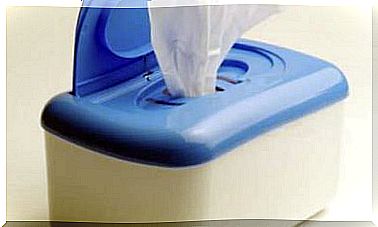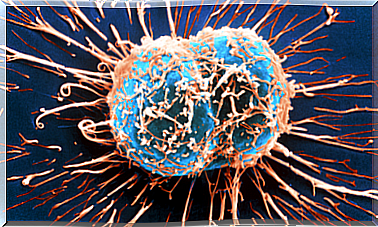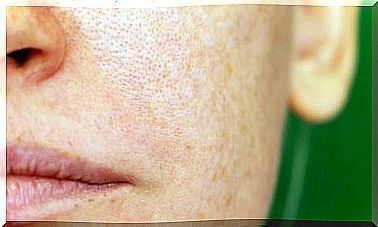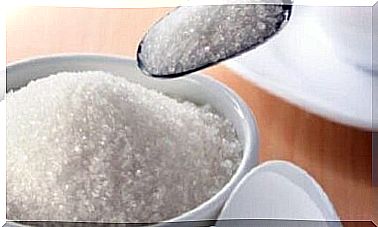Campylobacter Infections: What You Need To Know
Campylobacter infections are the most common cause of diarrhea worldwide. From fever to abdominal discomfort, they manifest themselves in many ways. Read on to find out more !
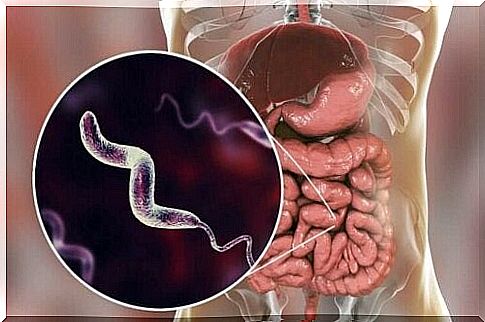
Campylobacter infections , also known as “campylobacteriosis”, are the most common cause of diarrhea worldwide. According to studies, they cause up to 14% of all these clinical frames globally.
Beyond this point, the World Health Organization (WHO) estimates that foodborne diseases – in which campylobacteriosis is found – affect one in ten people worldwide, at any time, which translates into a loss of 33 million healthy years of life.
Therefore, keeping the bacteria causing these clinical settings at bay is not only a question of hygiene: it can also save lives in the long term, especially in those countries with poor health infrastructures. So here we are going to tell you everything you need to know about Campylobacter infections .
What are Campylobacter infections?
First of all, it is necessary to underline that the term Campylobacter does not refer to a single species but to a genus of bacteria in the form of bacilli which contains at least 12 pathogenic species for the human being. The most common of all is C. jejuni, which causes up to 90% of infections.
This pathogen is one of the most common causes of diarrhea in the United States. It is estimated that around 2.4 million inhabitants of this country suffer from it on an annual basis, with more than 29 epidemiological crises between the years 2013 and 2017. All these data confirms that campylobacteriosis is indeed on the agenda. .
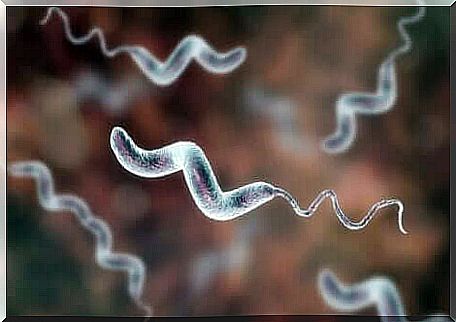
Causes of Campylobacter infections
Usually, this infection is caused by ingesting unpasteurized milk or ingesting raw or not fully cooked meats and poultry. According to the United States Department of Agriculture (USDA) , an inoculation of only 500 pathogenic cells entering the body orally can cause a person to become infected.
With a mechanism similar to that of non-typhus salmonellosis, Campylobacter bacteria invade the cells of the small intestine, injuring them and impairing the absorption of fluids. This results in the characteristic clinical setting that we will see in the next lines.
In general, we can summarize the main sources of infections of the disease as follows:
- Through the consumption of undercooked meats, and especially of avian origin.
- By consuming unpasteurized milk.
- Due to the presence of bacteria in untreated water.
- Through contact with infected pets or farm animals.
Main symptoms
The most common symptom of Campylobacter infection is diarrhea – sometimes bloody. This sign usually appears between 2 and 5 days after contact with the bacteria. After 6 days, it tends to go away on its own. We can also observe other accessory symptoms:
- Cramps and abdominal pain.
- Fever and fatigue.
- Nausea and vomiting.
Either way, according to the US National Library of Medicine, some infected patients never show clear symptoms. Furthermore, death from campylobacteriosis is very rare. It is only possible in very young children, people of old age or immunocompromised patients, such as people with HIV.
Diagnostic
Once symptoms present themselves, diagnosis is straightforward. Professionals will obtain a sample of the fecal matter and, through a stool culture, will identify and isolate the bacteria responsible for the gastrointestinal mismatch. They will also be able to perform tests to identify the genome of the microorganism, which are faster.
Treatment options for Campylobacter infections
According to the Centers for Disease Control and Prevention (CDC), Campylobacter infections go away on their own within 3 or 6 days after the onset of symptoms. Despite this, it is recommended to consume a lot of fluids to recover the electrolytes lost during episodes of diarrhea.
In the majority of cases, the administration of drugs is not resorted to for a simple reason: their excessive application can lead to the appearance of resistant strains. This is why we should never consider self-medication in this type of clinical setting and we only prescribe antibiotics in the most serious cases.

How to prevent these infections?
As with most foodborne illnesses, the best prevention is cleaning up the food that is going to be eaten. The CDC also shares a few things to consider. Here they are :
- Wash hands before handling any food or after touching any possible source of infection, whether people or animals.
- Separate the ingredients from the meals. Cut fruits, vegetables and raw meats in different places.
- Cook any food of animal origin, whether frozen or not.
- Always drink pasteurized milk and juices.
- Never consume untreated water.
Final considerations
As we have seen, Campylobacter infections are the number one cause of diarrhea worldwide. The species C. jejuni is the most widespread worldwide. The majority of epidemic crises occur because of the consumption of poor meat, unpasteurized milk and untreated water.
The best measure to combat campylobacteriosis is therefore to consume only foods cooked in a healthy environment. This involves not mixing ingredients of animal and vegetable origin, always subjecting meats to high cooking temperatures before eating them and, of course, washing hands before cooking.


